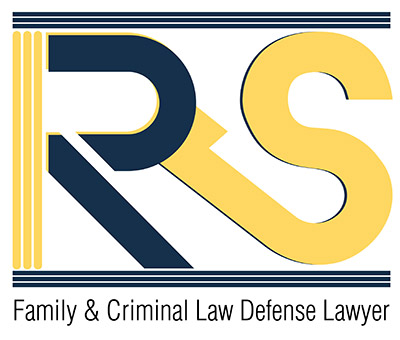Child custody and access refers to the parenting arrangements, when their parents are not together. There are different types of child custody and access. Child Custody looks who makes major decisions about the children. Child access refers to the time the children spend with the parent that they do not live with.
When you are applying to the court to get a court order for child custody or access, you must apply to the court closest to where the children are living. If you are dealing with child custody and access as part of a divorce proceeding, though, this may work differently.
During separation and divorce proceedings, child custody and access may be among your top concerns. Child custody means having legal care and control of children. The parent with custody will usually have the children living with them full-time or most of the time. Sometimes parents have joint custody, or shared custody of the children. This means that the parents need to agree on how the children will be raised and may have the children live with both parents.
Making decisions around child custody and access can be difficult and emotional. Especially when the parent is being denied and limited access to their child.
Contact
Address :
- 1200 Bay Street. Unit 1201, Toronto ON M5R 2A5
- 6660 Kennedy Rd, Mississauga L5T 2N9
Mr. R.Rick Singh
(Up to 30 minutes)
Understanding Child Custody
Contrary to popular belief, custody is not about who the child lives with or how much time the child spends with each of the parents. It does mean, however, having the legal right to make major decisions about the child’s care and upbringing. The parent who has the custody has the right to make important decisions about education, health and medical care and religion. There are different types of custody arrangements that can be made for the best interest of the child.
Types of Child Custody
- Sole Child Custody: Sole custody is when only one parent is given the decision-making authority for all the major decisions for the child. In these situations, the child usually lives with the parent with the sole custody. Often sole custody is given to one parent in cases with abuse, drug addiction, violence or mental illness. This kind of custody is granted in the child’s best interest who might be at risk.
- Joint Child Custody: Joint custody is when both parents make decisions about the child jointly. They both have to give consent for any decisions being made for the child for education, health, medical care, religion etc. This usually happens when there is little or no conflict between the parents and they agree about most of the decisions. If there is ever a conflict, it is resolved maturely and calmly in the best interest of the child.
- Access: When a child lives primarily with one parent, the other parent is granted access, also known commonly as visitation. Access means that the parent who has the access can visit the child supervised or unsupervised, depending on the situation and court order. The schedule is sometimes flexible and at other times, rigid. Having access does not mean that the parent can make any decisions for the child. That still belongs to the parent with the custody. However, access also means access to information about the child, for example, school reports, medical reports, and the child’s welfare.
